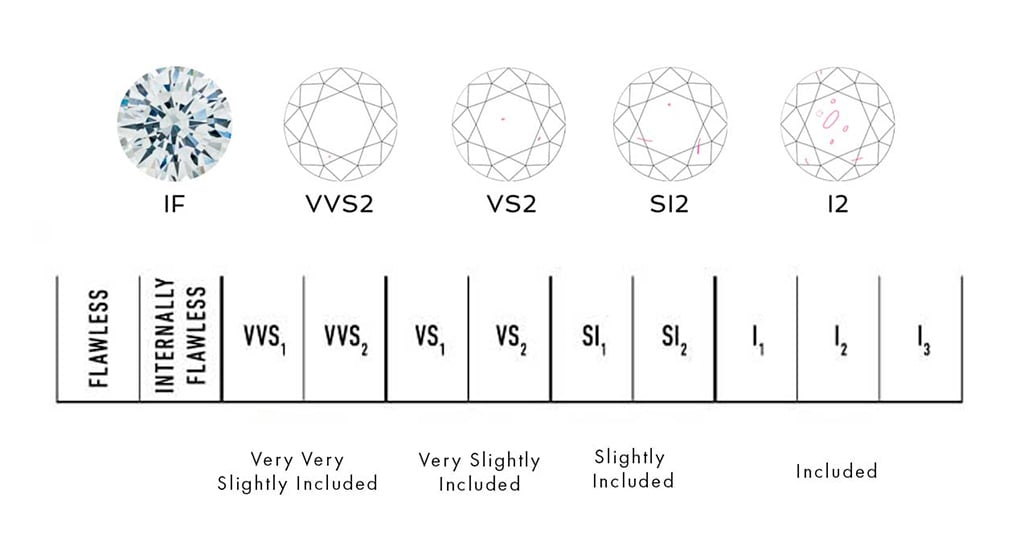A guide to diamonds
Jessica’s philosophy is that a stone should speak to you, not for its technical criteria, but for its beauty, for how it feels. Alongside the highest quality modern diamonds, including rare and innovative cuts, Jessica has always been drawn to antique diamonds, each one cut by hand to enhance its unique beauty. Each Jessica McCormack diamond is hand-selected for its unique qualities and guaranteed to come from legitimate sources, that are not involved in funding conflicts and are in full compliance with UN resolutions.
The 5 C’s
Each stone is natural and certified according to the four Cs - carat, cut, colour and clarity - but it’s the fifth C, character, that gives every Jessica McCormack ring its distinctive charm. We encourage customers to go beyond the technical details and choose the diamond that they feel drawn to most.
Cut
The shape and proportions of a diamond are determined by its cut. Of all existing diamond shapes, the most recognised are the brilliant, oval, marquise, pear-shaped, heart-shaped, emerald and princess cuts. Whatever her style, there is a diamond cut to suit. Our experts source the most beautiful, characterful examples of each. Signature designs can be made with diamonds ranging from 0.25 carats to as large as you dare. Jessica also loves exploring unusual and rare diamond cuts, each one sourced by an in-house expert for its quality and beauty. Whether featured in a signature design or a bespoke piece, these unusual stones are the starting point of an engagement ring that’s entirely unique.
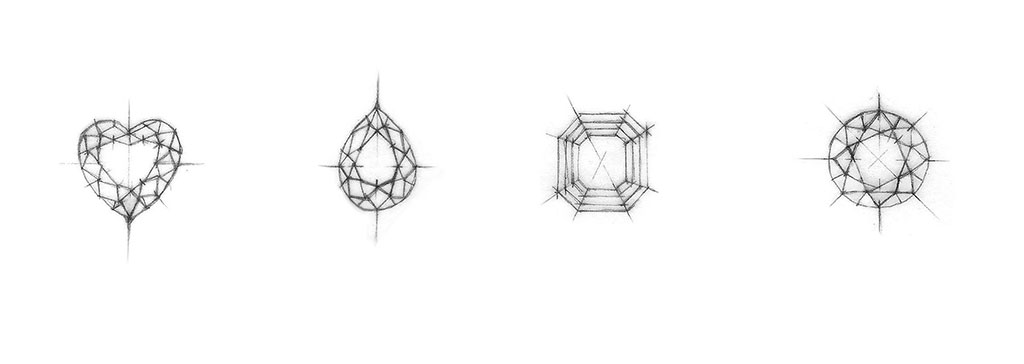
Carat
A carat is a standard unit to measure the weight of a diamond. One carat equals 200 milligrams. This can be divided into points, where 0.75 carats = 75 points. A diamond’s value varies according to its number of carats and its rarity. Diamonds may equal in weight but vary in price due to the difference in quality. This means that a smaller diamond with a high carat weight may be more valuable than a large diamond with a lower clarity, colour or cut.

Colour
Diamonds are graded from D (colourless) to Z (light yellow). The closer a diamond is to colourless, the more extraordinary and rarer it is.
| Gia | Description | Old world terms | ||
|---|---|---|---|---|
| D | Colourless | Jager | 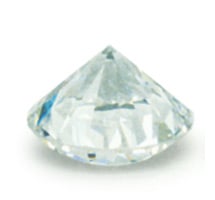 |
|
| E | River | |||
| F | ||||
| G | Near Colourless | Top Wesselton | 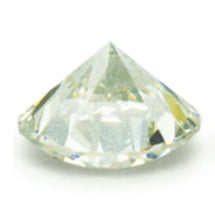 |
|
| H | Wesselton | |||
| I | Top Crystal | |||
| J | Crystal | |||
| K | Faint Yellow | Top Cape | ||
| L | ||||
| M | Cape M | |||
| N | Very light yellow | Very light yellow | 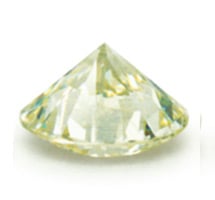 |
|
| O | ||||
| P | ||||
| Q | ||||
| R | ||||
| S | Light yellow | |||
| T | 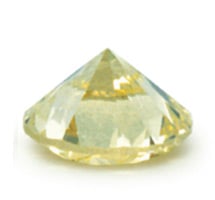 |
|||
| U | ||||
| V | ||||
| W | ||||
| X | ||||
| Y | ||||
| Z | Dark cape |
Clarity
All diamonds have imperfections called inclusions. These are formed deep within the diamond and occur naturally. Clarity refers to the presence, visibility, number and size of inclusions in a diamond and is graded from flawless to included. A diamond will reach a higher level of clarity depending on the flaws seen under the loupe. A perfectly pure diamond is extremely rare and priced accordingly.
